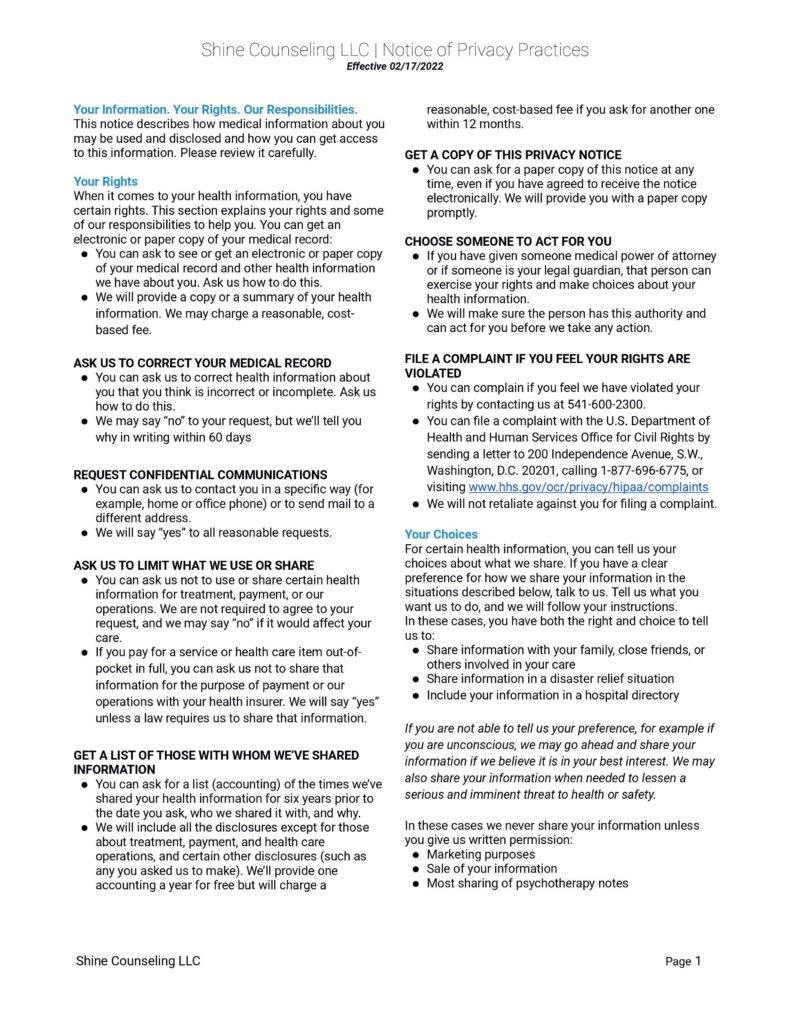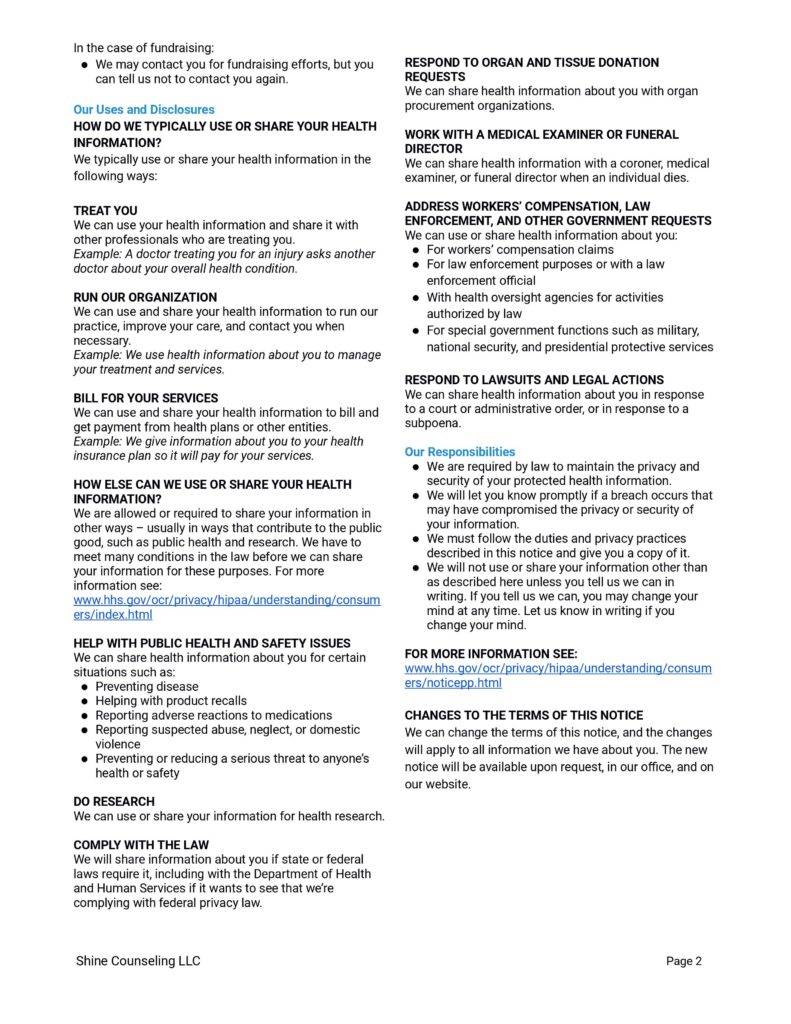CBT Therapy and Counseling
Home - Therapy and Counseling Services - CBT Therapy and Counseling
Everything about Cognitive Behavioral Therapy
Your health and safety are the most important things both to you and to us. We believe that everyone can start healing with the proper knowledge and the right help by their side. This page has in-depth information for you to learn about CBT therapy and how it can help people on their healing journeys. Today, let’s take a deep dive into CBT therapy to understand what it’s all about.

Table of Contents
"Being entirely honest with oneself is a good exercise."
What is CBT Therapy or Counseling?
CBT, also known as Cognitive Behavioral Therapy, joins two types of therapy into one. This unique combination creates a more inclusive approach towards helping people on their mental health journeys. What are the two types of therapies in CBT? They come right from its name: Cognitive and Behavioral therapy. First up, we have a cognitive, or mental, approach that addresses the client’s negative thinking patterns. Secondly, we have a behavioral or action-related approach that takes on a client’s specific habits that contribute to their problems. The therapist and the client work together to break bad habits and create new ones to live a healthier life.
History of CBT Therapy
CBT has roots that come from both the Latin language and from here in America. Let’s break it down: the “cognitive” part of CBT comes from the Latin meaning of recognition. The “behavioral” part comes from the American theory of Behaviorism. This theory was first brought around by a man named B.F Skinner. Skinner thought that people’s behaviors, or ways of acting and thinking, are followed by a consequence. If a therapist and client can change or remove that consequence, the bad behavior can be reduced or stopped altogether. This is why clients are sometimes taught to slowly break down their habits by replacing them with something new, like a positive or neutral thought. The result of this hard work will cause the pattern to slow or eventually go away! Therefore, CBT therapy helps the client “recognize” precisely what their troubles are, how they have formed into habits, and how to break those habits altogether.


Who may find CBT Therapy helpful, and how effective is it?
CBT may be helpful for anyone experiencing mental or physical health issues that they may be struggling with in the present. These problems could come from a source of Addiction, Anxiety, an Eating Disorder, or another cause. All of these experiences are perfectly normal, and CBT can work as a possible solution. No matter where the obstacle comes from, CBT works to identify and break habits that a client may have formed over time. Therefore anyone who has a cognitive or behavioral pattern that they would like to stop has the potential to benefit from CBT. This type of therapy is effective not only during therapy sessions but also in our day-to-day lives.
The techniques often taught in CBT focus on helping a person combat their present symptoms, for example, learning how to calm an anxiety attack when they are in public or at home. In this section, we have discovered that CBT can help people gain more control over the symptoms troubling them.
The difference between online and in-person CBT Counseling
Online Cognitive Based Therapy (iCBT) has picked up steam as a powerful method of delivering therapy to those seeking help. Someone may turn to iCBT instead of in-person CBT for financial, medical, or even geographical reasons. Online CBT was even shown to have results for an average of six months after treatment, according to psychiatry.org’s report of a study done by Dr. Charles Koransky. On the other hand, in-person CBT allows for a more familiar form of talk therapy. Both methods, despite any minor differences, have positive effects. It’s about what works best for someone personally. Trusting one’s therapist from wherever they sit is the key to success, no matter if they’re behind a screen or in the same room.
Does Shine Counseling offer CBT Therapy?
Shine Counseling offers high-quality CBT and iCBT therapy to anyone who feels that this strategy could be helpful for them. Some individuals may have found themself repeating certain habits, and others just aren’t sure what they’re doing that is causing their distress. No matter how far along you are in your mental journey, our trained therapists can help you tackle your issues in a safe, positive environment. Please feel free to contact Shine Counseling if you think this type of therapy is something you would want to explore with us by your side.
In depth explanation of how CBT Therapy works!
To understand how CBT works, we should first explore the main ideas that make up this type of therapy. CBT believes that a client’s psychological difficulties are caused partly by the habits they have made. As we have learned, these come from our unproductive thinking and harmful practices. The therapist knows that if their client learns how to better cope with or break these patterns altogether, they may begin to feel better about what’s troubling them.
A pioneer behind behaviorism is B.F. Skinner
Let us remind ourselves of B.F Skinner, the pioneer behind behaviorism. We might remember how he believed that people can unlearn problematic behaviors over time. As a result, the primary goal of CBT clients is for them to reverse their harmful behavioral patterns. First, the habits must be identified so that the client can begin to work towards fixing their problems. The therapist may use role-play to help the client understand other perspectives or even assign homework for them to complete. This allows the team to track their progress and enforce the habits they are trying to create. The therapist sometimes teaches their client how to focus on catching themselves in the act of thinking negatively and have them write it down to record the event. They may also teach the client relaxing techniques that can replace the negative habits over time. Eventually, this builds new, affirmative practices that can help improve the client’s mental health.
Recapping
Today we have learned that CBT is an effective therapy that has worked for many different people learning how to face their problems. The therapist takes both a cognitive and behavioral approach with their client to learn how to best break their negative habits. All it takes is some hard work and trust! As the pair work together over time, the client understands how to partially or even entirely relieve the symptoms that brought them into therapy in the first place.

Evidence Based Practice Research Resources
- https://www.apa.org/ptsd-guideline/patients-and-families/cognitive-behavioral
- https://www.ncbi.nlm.nih.gov/books/NBK279297/
- https://www.psychiatry.org/newsroom/news-releases/new-research-cognitive-behavioral-therapy-delivered-online-effective-for-treating-depression
- https://plato.stanford.edu/entries/behaviorism/
"The best way to find out wether you're on the right path? Stop looking at the path."
Frequently Asked Questions
There is no such thing as no communication. For instance, even when we’re silent, we’re communicating something. Perhaps we are not in the mood for a talk that speaks for itself, doesn’t it? On the other hand, when we are in an exploratory mood, we ask questions. As a result, our intellectual capacity increases.
If you have questions, you’re not alone. Let’s look at some of the most common ones brought up about CBT therapy…

If someone is unsure that their specific troubles can be addressed with CBT, it is best to consult a therapist about it. CBT is used to help people with many different concerns. Feel free to reach out to a Shine counselor or a counselor in your area who will be able to help you decide if CBT therapy is the right option for you.
The first step is to reach out to a professional therapist. Once you find someone who is a good fit for you, together you can begin your healing journey.
Finding someone you feel comfortable talking to is a massive contributor to your success during therapy. Sometimes it takes a few tries to find a good fit for someone personally. Even so, once they are happy with their choice, they're ready to start their journey towards leading a better life!
Home - Therapy and Counseling Services - CBT Therapy and Counseling

